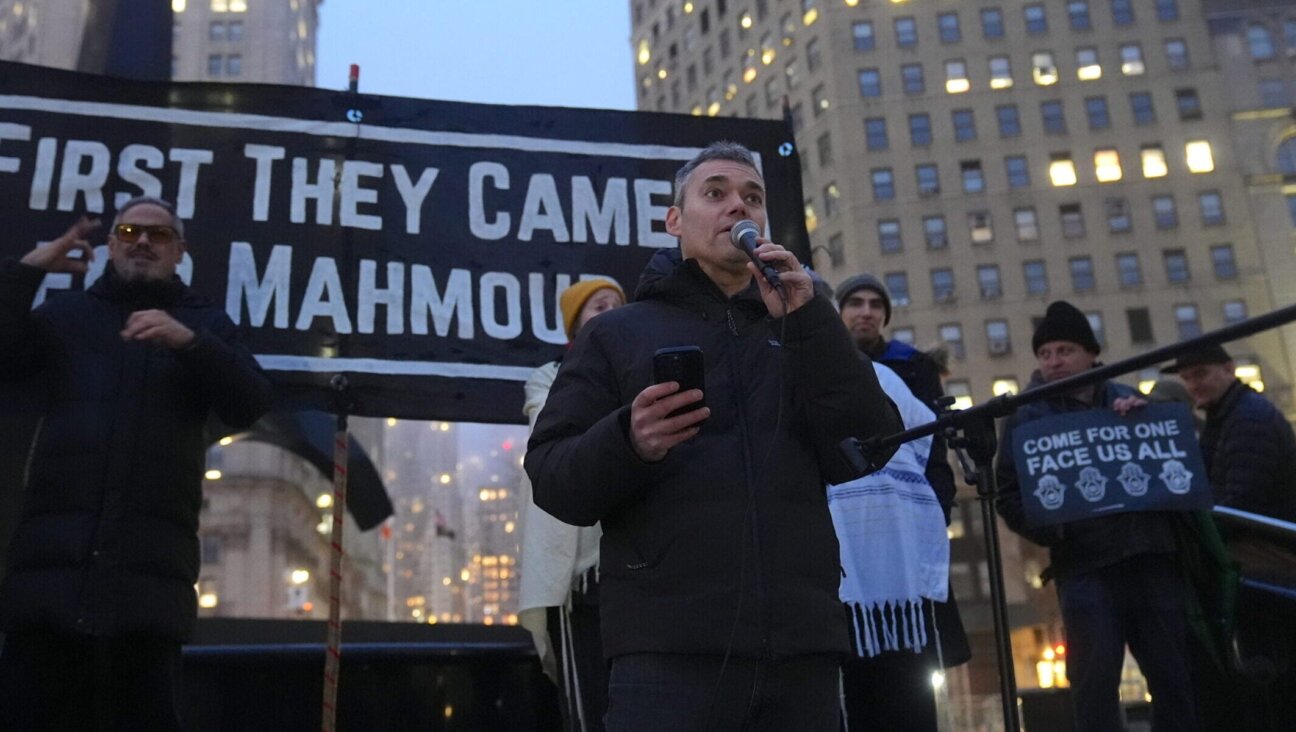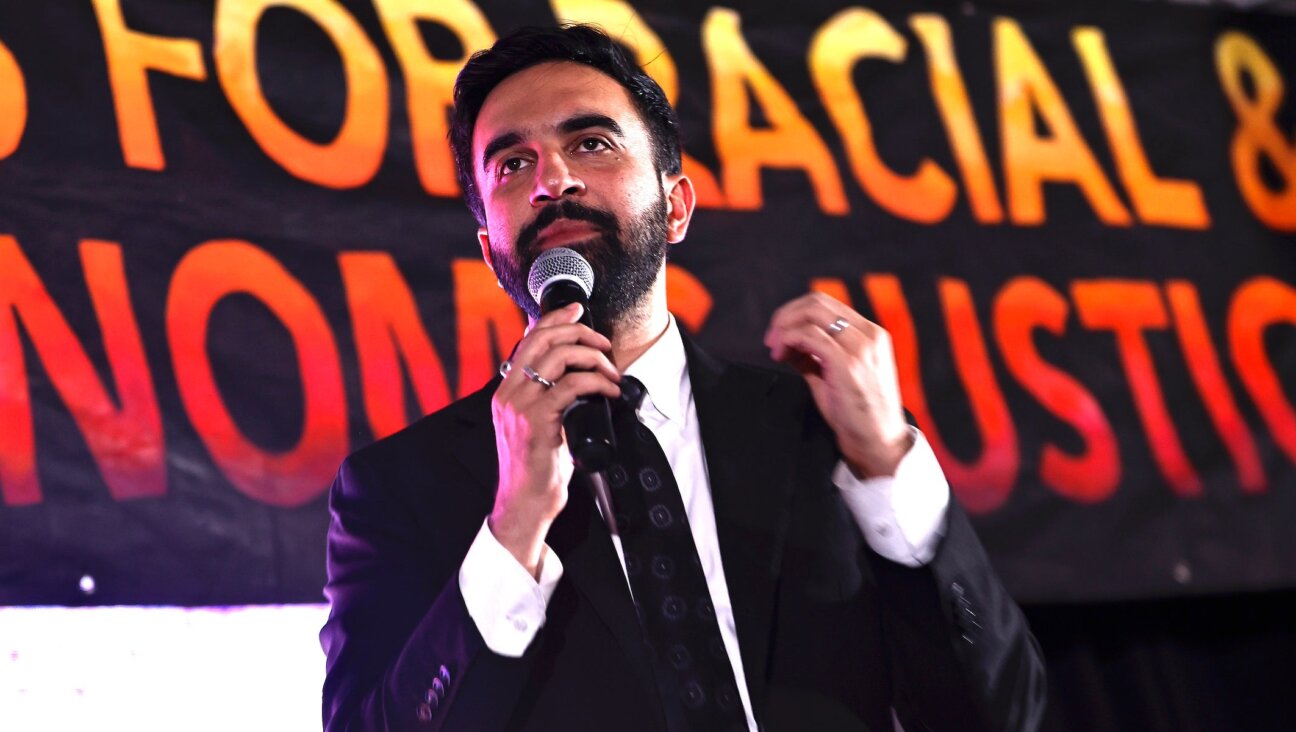Human Rights Advocate Shulamith Koenig’s Industrial Folk Sculptures

Graphic by Angelie Zaslavsky
Shulamith Koenig has little reason to be humble. Well-known for her work as a human rights advocate and her role as founding president of the People’s Movement for Human Rights Learning, she is, with Eleanor Roosevelt, Martin Luther King, Jr., Jimmy Carter and James Grant, a recipient of the United Nations Prize in the Field of Human Rights. Besides human rights activism Koenig also works as a sculptor, and has exhibited and toured with the like of Japan’s Isamu Noguchi. But in “Industrial Evolution: From Art to Industry to Art,” a diminutive five-sculpture show at New York’s ET Modern gallery in Chelsea, the artwork offers no reflection on Koenig’s many accomplishments. Instead, it pays respectful homage to the mundane work of others, offering something like a frame for an invisible, unknown craftsman.
Koenig’s abstract sculptures, which range widely in shape and size, are assembled out of a century-old set of hand-carved wooden foundry molds she discovered in 1982. Her sense of the beauty in these utilitarian objects — and the respect she gives to their creators — is palpable. Perhaps such a respect is common to those who make art out of found objects — submitting to the existing form and color of the pre-made materials certainly means giving up a measure of authorial agency — but Koenig seems to go further. She does not cut or alter the forms in any way. Whereas an artist like Louise Nevelson (an obvious comparison here) sought to neutralize the diverse elements of her work in favor of the total abstract structure, Koenig draws attention to the parts, glorifying each cog and spanner.
“Industrial Evolution,” a proudly vertical stack of rounded, sometimes numbered geometrical forms, shines like the well-oiled banisters of an especially venerable hotel. The woodenness of the forms is surprising, forcing us to see these wheels, gears and tools as art objects on their own before considering the piece as a whole. In “The Big Bang,” triangular forms and socket wrenches jut out from a central wheel, drawing attention outward along the objects’s smooth wooden edges. For the exhibit’s remaining three pieces, Koenig leaves the objects rough and worn. Uneven layers of earth-toned paint (which, the exhibition material asserts, she allows herself to use only when an object’s surface has been irreparably corrupted) gives the sculptures the look and feel of something that might be called, for want of a better term, “industrial folk.”
The influence of Cubism — and the collages of Picasso and Braque especially — is instantly recognizable in Koenig’s work, even before you notice her titles. “Picasso,” a horizontal assemblage of objects including a stringed instrument (see the exhibition “Picasso’s Guitars,” which recently closed at MoMA), has the cheery air of a mechanical musical toy, a gleeful, mask-like face painted onto its tallest cylinder like a reassuring joke. Another tribute, “Braque’s Playground,” is a colorful, crudely painted assortment of cylinders and gears. A teakettle sits to the side, bringing to mind the pitcher in Braque’s “Le Jour.”
The baldness of these allusions threatens to detract from Koenig’s work by over-shadowing her own hand. Yet by pointing so directly to Picasso and Braque, Koenig is also labeling her work “art” in the most obvious way she can, thereby returning the industrial objects out of which her sculptures are made to the state in which she believes they originated. That is, proving that industrial design, as it was practiced by the immigrant craftspeople who first made it their living, is its own form of art. Hopefully, these sculptures will not get lost in their own humility. In their touching historical sympathies, they are so good that Koenig deserves a larger, more bombastic showcase for her work.
















